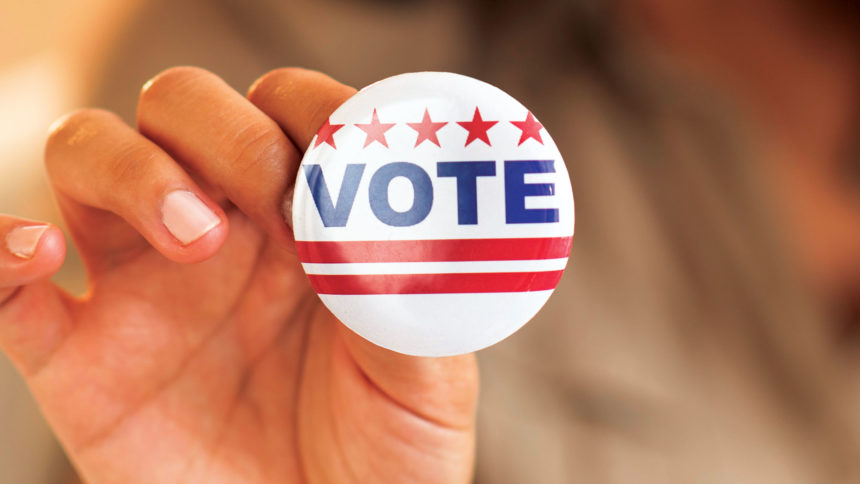
The challenger to unseat incumbent Gov. Kristi Noem (R) in South Dakota made nursing home reform his focus last week at a campaign stop in front of a new nursing home.
“On day one of a Jamie Smith administration, we’ll develop a blue ribbon task force that will be headed by Lieutenant Governor Jennifer Keintz here, and she has her own expertise regarding this very subject,” said Jamie Smith, the Democratic gubernatorial candidate. “This task force will focus its attention towards studying the proven methods to keeping our nursing homes open.”
Remarks reported in local press were representative of the increased importance of nursing home policy in governors’ races across the country – including Connecticut, Colorado and Pennsylvania – as the Nov. 8 election nears. Incumbent governors are answering for, as well as touting, their handling of their states’ response to COVID-19.
Since 2017, 12 nursing homes have permanently closed in the state, according to the South Dakota Health Care Association.
“Nearly every family will face long-term care decisions at some point,” Smith’s running mate Keintz said. “If current policies continue, more facilities will be forced to close.”
“It’s also become increasingly difficult for nursing homes to keep staff,” Smith said. “When they aren’t being paid enough, people leave their jobs, and those jobs are then filled by traveling agencies which can charge facilities upwards of $200 an hour. That’s not sustainable for our care facilities.”
In addition to the gubernatorial race, South Dakota voters are weighing Constitutional Amendment D, which would expand Medicaid eligibility. Passage of the amendment would mean more people would be eligible for the medical coverage financed by the federal government and state. Smith related the amendment to the health of nursing homes.
“The state’s data that we have suggests that 27 nursing homes in South Dakota are at risk of closing through 2023, and you know, many of these nursing homes are located in rural communities,” Smith said. “Our Medicaid reimbursement rates are far lower compared to the neighboring states, making it difficult for facilities with a high percentage of Medicaid patients to stay open.”



